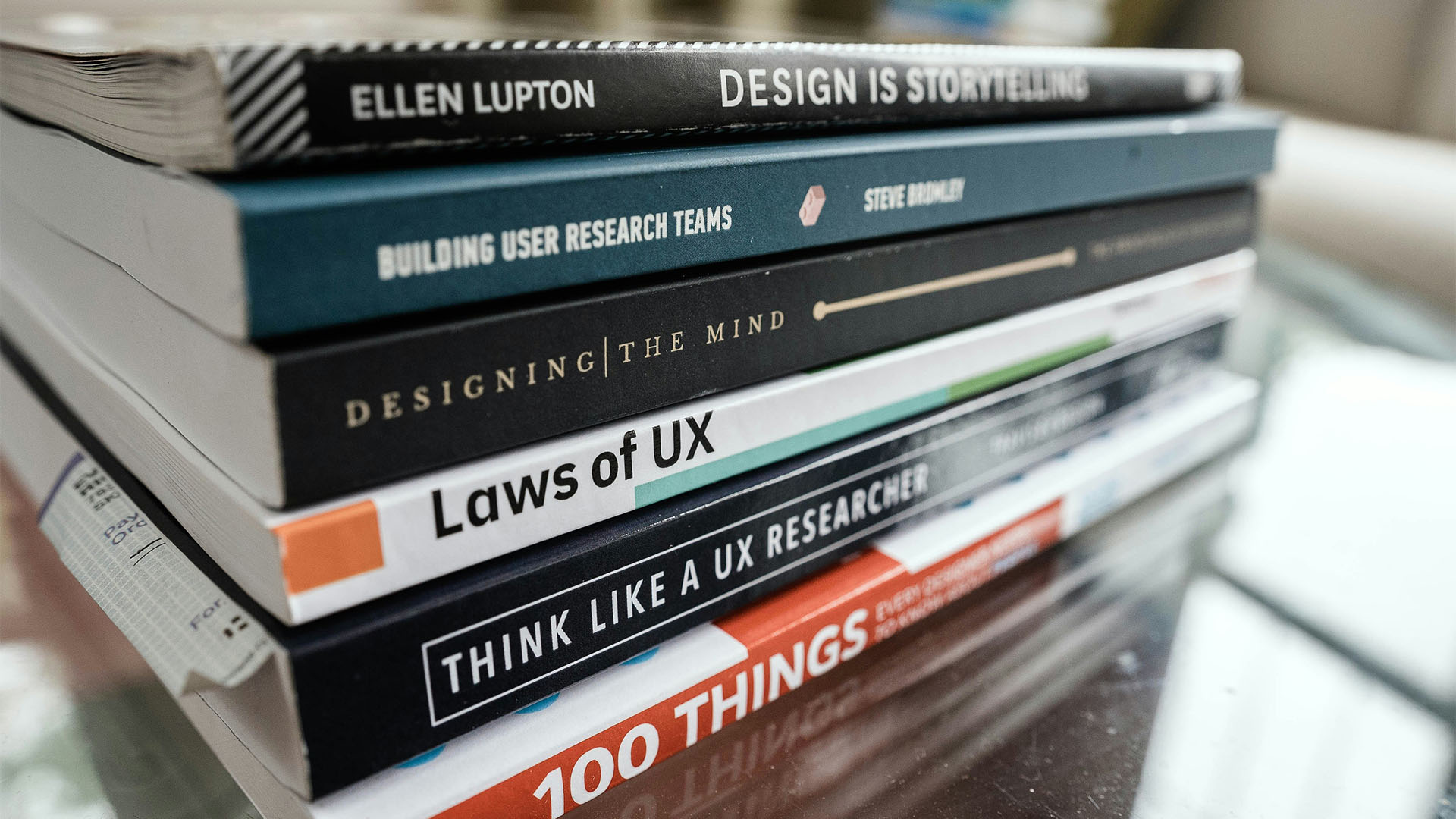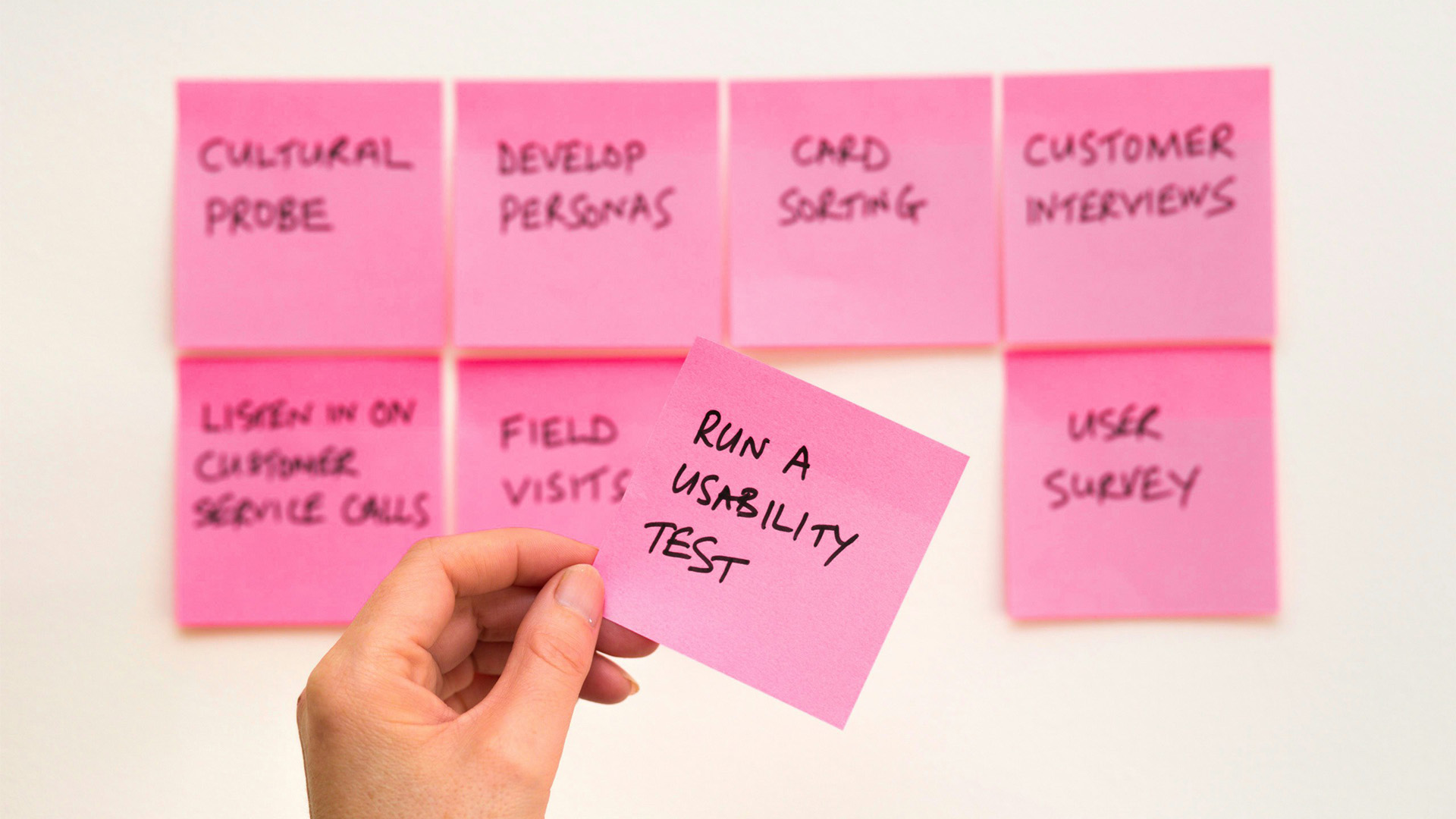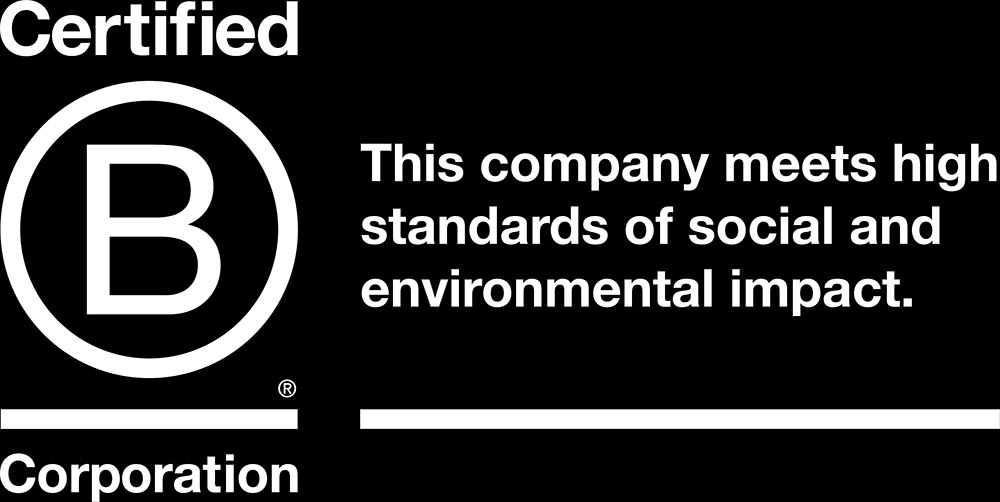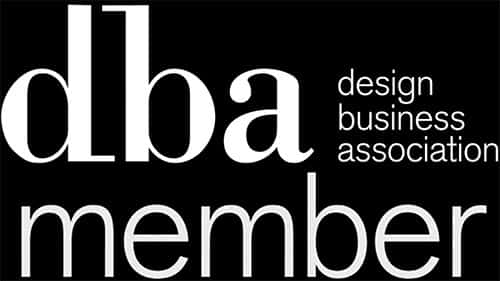
The Archive
What is UX Design and why is it important
Author: Justine Viot | 10-minute read
According to Usability Geek, a negative experience can discourage approximately 88% of online users from revisiting a website.
User experience (UX) design is the approach that design and product teams employ to create websites, products and services that deliver positive experiences to their users. It covers the complete journey – from creating an effective brief, to improving and optimising the website or product once it’s been delivered. It also incorporates other creative and technical elements such as branding, layout, usability and functionality.
The roots of UX design can be traced back to the 1940s and 1950s when the exploration of human factors and functionality in design began. However, it wasn’t until the 1990s that Don Norman introduced the term “User Experience”.
The great thing about UX theory and design is that it relates to any product and service imaginable, from websites to coffee machines. The objective of UX design is to enhance user satisfaction – when good UX practice is applied well, it can also result in future-proofing the project, increased efficiency, alignment with your strategic goals, a competitive edge and customer growth. This might sound like a lot, but don’t worry, we will walk you through everything in more detail below.

User-led design
User-led design, also called user-centred design (UCD), is a set of principles and the process experienced designers use to design a website, product or service. It prioritises user needs from the first stages of a project right up to its launch. Unlike traditional and less thoughtful approaches, user-led design prioritises user needs above everything else, and then aligns them to other technical and organisational requirements.
But why use this approach, what’s in it for you? Well, in the case of creating a new website, embracing a user-centred approach to design offers several benefits. When the project team shares the same vision and understands the project’s purpose, the risk of failure is lower. Concepts, ideas, and decisions come from user behaviour analysis and by narrowing down, the team focuses on essential features that align with their needs.
How you can apply this learning…
- In our own user-led design process for website development, we begin by creating solid foundations, defining the website’s goals, consulting with a wide range of stakeholders both internal and external, and doing broader market research and competitor analysis to understand what ‘best in class’ truly looks like.
- The second step consists of conducting a detailed analysis of the findings and creating user personas and scenarios, essentially mapping out how various people will use the site, from discovery to conversion.
- From there you can begin the design phase, where you define a sitemap, the website’s functional requirements, create visual style guides, and then bring everything to life in development.
You may notice that we’ve crossed out the term ‘finished product’ in the last bullet point above. This is to remind us (and you) that by their very nature, a website is never finished. Truly effective and marketing-leading websites take ongoing care, attention, and nurturing. That’s not to say that they need rebuilding every 3 months, but an ongoing cycle of testing and refinement is essential to stay ahead of the curve in an ever-changing landscape. More on innovation below…

Distinguish your organisation and plan for the future
By establishing a distinct and memorable user experience, one that is centred on the needs of your users, you will set yourself apart from your competitors. Unsurprisingly, there are a lot of businesses and organisations out there whose primary concern is themselves. Yes, the website must work for your organisation, but delivering for your customers and beneficiaries should always be the first priority.
Effective UX strategy and research allow you to assess these needs, it also provide the opportunity to analyse your competitors’ strengths and weaknesses, giving you the edge when it comes to defining your website’s visual appearance, content and functionality.
By identifying opportunities and gaps in the market, alongside injecting personality into your brand and digital products, you will foster higher levels of trust and loyalty, whilst ensuring that your website is easily identifiable. This will create a lasting and impactful impression.
Future-proofing
Another element that is essential to any design project and investment you make is future-proofing. This forward-thinking process aims to anticipate and address potential changes, challenges and future updates, helping to ensure the project’s long-term success. It involves a comprehensive analysis of your mid to long-term objectives, as well as any challenges or risks that you may anticipate.
This leads to the development of well-planned websites and products that align with your strategic goals. It also helps to reduce costly rebuilds or development updates should your organisation pivot or your target audience change.
In the context of website development, User Experience (UX) design is a powerful technique that will ensure your website is versatile and performs effectively for your users over the long term. For example, addressing accessibility requirements early on becomes integral to the design process, and aligns your organisation with important principles of diversity, equality and inclusion (DEI). By crafting user personas and scenarios at the beginning of the project, and then conducting wide-ranging user testing once the site is ready to be launched, we can guarantee that your website will serve the diverse needs of your users and remain relevant in the face of ever-evolving requirements.

Innovation is key
Theodore Henderson made a very good point when he said, “When a company has an innovative culture, it’ll grow easily, despite the fact that the creative process isn’t always straight forward”. Innovation is essential as it helps organisations to remain relevant, which in turn establishes stronger connections with your customers and creates significant opportunities.
To stay ahead of the curve, organisations need to focus on creating best-in-class digital experiences for their users. UX design and strategy is a tried and tested method to achieve this. Done well, these experiences will connect with users on an emotional level. Helping you to achieve growth and increase your impact. It’s not just about selling a product or service anymore; it’s about creating meaningful and memorable experiences for your users, one that will build loyalty and leave them wanting to advocate for your brand.
Overall, innovation is crucial for organisations. It will help you to adapt and thrive in competitive markets. Embracing UX design and innovation will protect your business and organisation while building a deeper connection with users and customers. This paves the way for long-term success and financial sustainability.
How you can apply this learning…
- Constantly review your offering and processes
- Keep updated with anything new that is out there, instead of fearing or ignoring it
- Embed an ‘always learning’ culture across the organisation
- Regularly attend industry events and learn from other people
- Challenge each other (constructively) during your meetings and projects
- Deliver and participate in regular workshops

Conclusion
And there you have it, we hope this has been a useful insight into the wonderful world of UX – At The Discourse, we have been designing incredible brand identities, websites and content marketing campaigns for business and charities for well over 5 years. Our clients typically spend from £5k to £20k on brand strategy and design, website projects range from £5k to £20k depending on size and functionality.
Content strategy and production can vary heavily depending on the type of organisation and your internal resources. Typically speaking, we’d expect clients to spend in the region of £5k to £10k on their initial strategy and tool kit, with between £1k and £3k per month on ongoing support.
We’re passionate about this topic and we’re keen to help you along the way. If you’re ready to improve your website and take your UX to the next level, you can get in contact today via our contact page or by emailing: [email protected]





